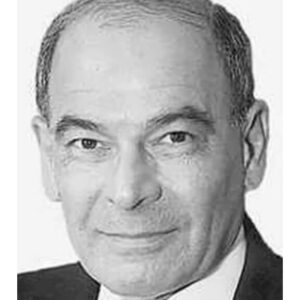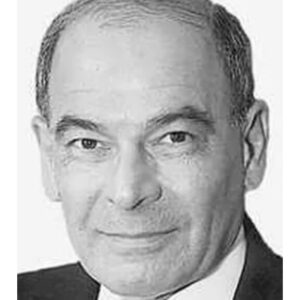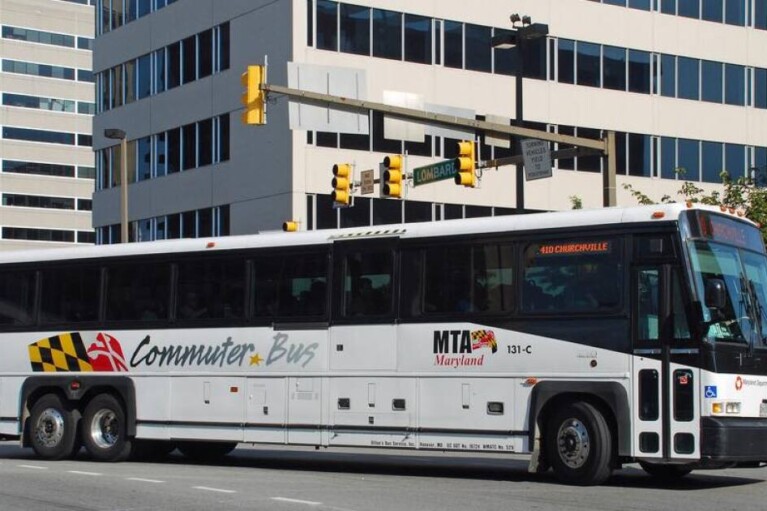Frank DeFilippo: Maryland Democrats Could Be Their Own Worst Enemy in 2022 Elections
In 2002, Kathleen Kennedy Townsend, then lieutenant governor, was the billboard name in a two-person Democratic primary election for governor. An unknown Montgomery County grocery clerk, Robert Fustero, racked up 108,659 votes against her, an embarrassing indication of disapproval and a sure sign of trouble ahead.
Townsend lost the general election to Republican Robert L. Ehrlich Jr., who picked up strong support from the sclerotic old-guard wing of the Democratic party.

Frank A. DeFilippo
In 2014, Rep. Anthony Brown (D), also a lieutenant governor, previously a General Assembly leadership member and Iraq war veteran, was the Democratic establishment’s leading candidate for governor in a six-way contest. Brown failed to ignite primary voters and was weakened as a general election candidate by low turnouts, even in his home and neighboring counties.
Brown lost the general election to Republican Gov. Larry Hogan in what many regarded as a stunning upset, but which should have foreseen in the lagging primary election numbers.
Maryland, once again, could make history. On the Democratic side, there are several noteworthy candidates of color, each with a special blend of accomplishment and passion. And on the Republican ballot, there is a woman with a record of public service.
A choice either way would be a first for Maryland, which in the past has deflected color and gender on several election occasions in both parties, though accepting the understudy’s slot as the choice of the top-of-the-ticket as required by law.
And now, with the 2022 primary election just a tad more than a year away, Democrats already have an impressive display of declared candidates for governor, and they’d better be careful not to cramp each other and allow recent history to hold up a mocking mirror.
The reverse of the coin is also true: It’s impossible to beat somebody with nobody.
By comparison to the Democrats’ embarrassment of riches, Republicans, so far, have followed the traditional pattern of the minority party with a limited bench, reflecting their second-class status in Maryland. The GOP has put forth only two candidates, neither with statewide exposure nor with any revealed ideological claim or insignia.
Because Maryland is joined at the hip with the nation’s capital, the broad partisan debates that occupy the White House and Congress readily spill over into the state and shape local debate and candidacies. Maryland straddles two media markets – Baltimore and Washington.
And here is the cautionary note for Democrats: Already the candidates for governor are trying to out-progressive and out-program each other, when, in fact, the voters in their own uncanny way know better than to expect the hyperbolic yowling to translate into actual deeds.
In early elections across the country, voters have rejected what is considered the leftist agenda and elected moderate candidates as they did, for example, in Virginia and New Jersey.
As a general observation, the collective of candidates and lawmakers in Maryland are much more liberal than the people who elect them as is evidenced by the actions of the General Assembly.
Maryland is a Democratic state more by tradition than belief. And it is, by coloration, more black than blue, as many outside practitioners erroneously classify the state as among the bluest of the blue spectrum.
Blacks, following the preachments of their faith leaders, tend to be conservative on cultural issues such as gay marriage and liberal on social and fiscal matters.
The Maryland Democratic party is basically the I-95 party, made up of the handful of counties clustered along that heavily traveled roadway – Montgomery, Prince George’s, Howard and Baltimore Counties as well as Baltimore city. It is also the huddled bulk of the state’s population.
The state is 33 percent black – about the same percentage as the Democratic party – with the heaviest concentration in Prince George’s and Baltimore City, followed closely by Howard and Baltimore Counties. The Hispanic population is a growing presence as well, especially in the Maryland suburbs around the District.
Spreading out from the I-95 corridor, the outlying counties are as white as Wonder Bread. And while Democrats outnumber Republicans by 2-1, the fastest growing voter registration is among the “unaffiliated,” or independent column.
There are now nearly as many independents (793,429) as Republicans (1.002 million). In Baltimore City, independents outnumber Republicans by nearly double, 53,519 to 29,375.
Primary elections are basically family affairs. Party members argue and sort out disputes among themselves, pick the candidate they believe can deliver the pork chop in November, and hopefully get it together in time to overcome the opposition in the general election.
Primaries differ organically from general elections. Primaries are about organization and generals are about issues. Primary elections are about candidates identifying their vote, organizing and delivering it on Election Day. Winning the primary is the entry ticket to sermonize in the general on changing the immediate world.
Maryland does not allow crossover elections, nor are independents permitted to vote in primaries. So that’s three-quarters of a million voters who must sit out the primary election because they choose not to identify with a political party.
And, as a matter at hand, while many Republican-controlled states are either passing or considering legislation to suppress voting, it’s a safe guess that nowhere is voting more convenient or encouraged with greater ease and openness than in Maryland.
For candidates, voting is triage – they know which votes they have, they know which votes they don’t have, so they chase after the persuadables, or undecideds, which, at the moment, make up probably much of the electorate.
As the list grows, the Democratic candidates present and accounted for are seven with burnished resumes, and in no special order: Rushern Baker III, former Prince George’s County executive; Comptroller Peter Franchot; Former Attorney General Douglas Gansler; Ashwani Jain, former Obama Administration staffer; John B. King, former education secretary in the Obama Administration; Wes Moore, author and former nonprofit CEO; Michael Rosenbaum, entrepreneur.
Republican candidates add up to two, or, more precisely, one-and-a-fraction: Kelly Schulz, commerce secretary in the Hogan Administration; and Robin Ficker, perennial candidate and Montgomery County mischief-maker. Maybe the GOP’s Big-Foot candidate hasn’t appeared yet.
The calculus is obvious: It’ll take very few votes to win the Democratic primary with the likely combination of a typical low-to-moderate turnout and an abundance of candidates on the ballot to splinter the vote. In 2018, for example, there were nine Democratic candidates on the ballot and the winner, Ben Jealous, carried the election with 231,000 votes of 414,519 cast in a 28.9 percent turnout.
It’s easy to understand why, at this point, Democrats might appear cocky, in fact, dangerously over-confident. Several of the candidates wear the hash marks of previous public service and others the sweet smell of success in the private sector. Name recognition abounds.
Understandably, they’re eager to recapture the governor’s office after being on the outside looking in for eight years. And it will be a costly undertaking, individually and in the aggregate.
The present environment is one of lingering conflicts between racial reckoning and the spiteful white nationalism stoked and bequeathed by Former President Donald Trump (R). The competing resentments have been quiet and peaceful in Maryland, and when they have surfaced they have been debated and amicably resolved, even if temporarily, in the State House.
Democrats should take note, too, that they’re running in the tailwind of the ever-popular Hogan, who has the support of a majority of Democrats and has rarely ever polled below 70 percent, and even when he did the numbers were in the mid-60s.
Democrats should be wary and cautious — of themselves.




 Creative Commons Attribution
Creative Commons Attribution